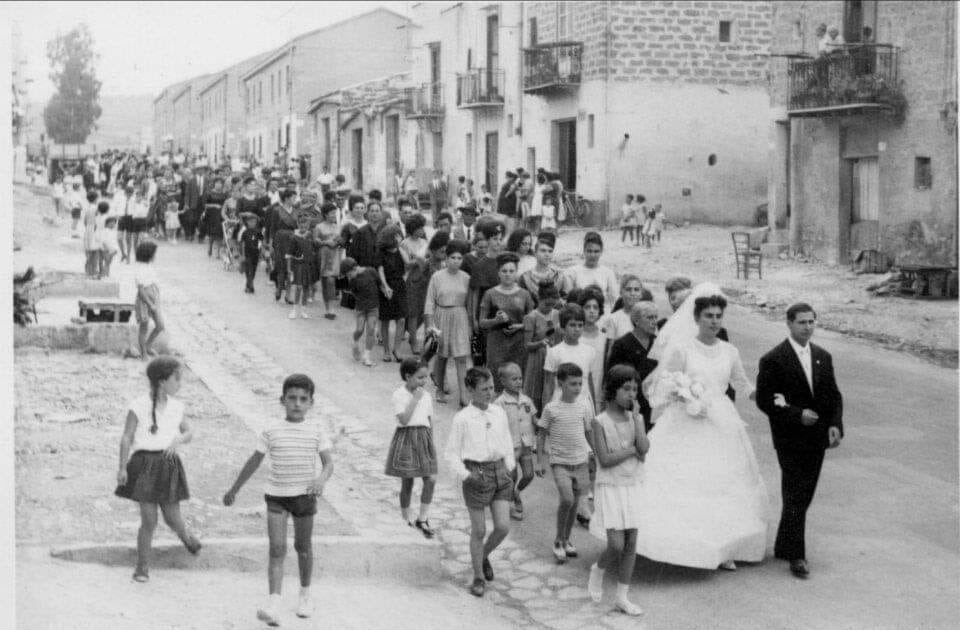 Jul
11
Jul
11
History of Sicily & Marsala Holidays
- 11 July 2016
- 0 Comment(s)
Marsala nestles on the headland which continues to bear the town’s ancient name, Lilybaeum (from Lily meaning water and beum referring to the Eubei, its pre-Phoenician inhabitants). The settlement is presumed to have been founded in 397 BC by the Phoenicians who fled from Motya following their defeat by the Syracusans. Its name in current use probably derives from the Arabic Marsah el Ali, meaning port of Ali, which would indicate that it has been a sea town of considerable importance since its early history. Later, the harbour witnessed one of the most important events in the history of Sicily: the landing of Garibaldi’s Thousand in Sicily.
The ethnic diversity (including a large Tunisian minority), the harbour and the city’s web of narrow streets combine to suggest that the visitor has been inadvertently catapulted into some African town.
Marsala becomes progressively more animated in the period leading up to Easter: celebrations begin with a Maundy Thursday procession (the eve of Good Friday) when the Stations of the Cross are re-enacted in the streets of the town centre by local men and women in the different roles involved in the Passion.
Early May 1860: accompanied by one thousand volunteers dressed in red shirts, Garibaldi set sail from Quarto (near Genoa) bound for Sicily. Their mission was to overthrow the Bourbon government and liberate the Kingdom of the Two SiciIies. On 11 May, the two ships – the Lombardo and the Piemonte – moored at Marsala. The Mille (one thousand) made their way inland, winning their first battle at Calatafimi: this opened up the way to Palermo. As the campaign progressed, the band was swollen by new volunteers so that by the time they reached the Straits of Messina, their number exceeded 20000. In less than two months, Sicily had been liberated from Bourbon government. The expedition continued to sweep through the rest of the kingdom until, following a plebiscite, the island was admitted on 21 October to the nucleus of northern states (Piedmont, Lombardy, Liguria, Emilia Romagna, Tuscany and Sardinia) that later were to unify to form the Kingdom of ltaly.
Sicily – Marsala town
The centre of Marsala radiates from Piazza della Repubblica, where the Cathedral and Palazzo Senatorio, completed in the 18C and known as the Loggia, are located. The main thoroughfare leading from the piazza is the Corso Xl Maggio, the old Decumanus Maximus of the Roman town, lined as ever with splendid buildings. Perpendicular to the principal axis, Via Garibaldi leads southwards to Porta Garibaldi on the edge of town, running past the Town Hall, a former Spanish military barracks, on the way. The area behind is brought noisily to life each morning by a bustling fish market. The 17C Chiesa del Collegio, nestling among a series of fine 18C buildings line Via Rapisardi, the northern extension of Via Garibaldi.
Cattedrale – The cathedral with its tufa front decked with statues was built during the Norman occupation, but extensively remodelled in the 18C. Inside, it contains a number of works by the Gaginis: most notably a fine icon by Antonello Gagini and Berrettaro (north apse), and a delicate Madonna by Domenico Gagini from 1490 (south transept). Above this, hangs a good Renaissance painting by Antonello Riggio depicting the Presentation of the Virgin at the Temple.
Museo degli Arazzi – The entrance to this museum housed in rooms behind the cathedral is in Via Garraffa. The collection comprises eight large 16C Flemish tapestries relating scenes from the war waged by Titus against the Jews. Vivid colours and a strong sense of composition determine the central panel as well as the borders of flowers, fruit and allegorical figures. The sixth tapestry, illustrating a violent fight, manages to convey a great sense of movement and action.
Museo Archeologico di Baglio Anselmi – This archeological museum is accommodated inside a former wine warehouse designed by Basile. Pride of place is given to the remains of a Punic ship (3C BC) recovered in 1969 near the island of Motya. This probably consisted of a liburna, a type of fast warship (35m long) used and lost at the end of the First Punic War, in the Battle of the Egadi (241 BC). The detailed analysis of these fragments have provided valuable information on the ship-building methods practised by the Phoenicians using pre-fabricated units marked with letters. Furthermore, the metal-alloy nails used for assembling the hold have proven to be quite remarkable: after more than 2,000 years under water, they show no sign whatsoever of deterioration.
The museum also displays important artefacts relating to the historic evolution of Marsala and its surrounding area from prehistoric times to the Middle Ages. Among the most interesting cases, are those devoted to Motya and to various examples of finely crafted Hellenistic jewellery found off Capo Boeo.
Insula di Capo Boeo – At the end of Viale Vittorio Emanuele, right on the tip of the headland, are situated the remains of three Roman insulae. Almost the whole of one is taken up by a large villa, built in imperial times (3C BC), complete with its own private set of baths. Fragments of the mosaics floors are still in evidence, as are a number of the small pillars (suspensoria) used to support the floor, thereby enabling hot air to circulate through the cavity. The roads of access to the area were paved with white stone from Trapani. A little further on stands the Church of San Giovanni Fuori le Mura, built around the Sibyl of Lilybaeum’s legendary grotto.

